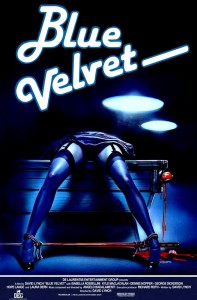
"Blue Velvet" American Theatrical Poster
Director: David Lynch
Writer: David Lynch
Producer: Fred Caruso
Cast: Kyle MacLachlan, Isabella Rossellini, Dennis Hopper, Laura Dern, Hope Lange, George Dickerson, Dean Stockwell
Runing Time: 120 min.
By HKFanatic
People who aren’t video or audiophiles will tell you that blu-ray isn’t much of an upgrade in quality and that they’re perfectly happy with their DVD collections. True AV geeks know the truth: that when enough care is put into a blu-ray transfer, it can be like watching the film again for the first time. I’m happy to report that the 25th anniversary edition blu-ray of David Lynch’s seminal film “Blue Velvet” is that kind of disc. The image is wonderfully detailed and highlights just how much care went into the lighting and production design on this film, particularly during the many scenes set in Isabelle Rossalini’s foreboding apartment. To put it another way: I don’t think I ever noticed that Kyle MacLachlan is wearing an earring in his left ear before.
The disc is also free of any trailers or adverts before the picture. Hell, there isn’t even a menu – after the usual legal warnings, the film just starts playing. Kudos to Fox for following David Lynch’s cinematic philosophy with this release, since Lynch believes movies are something to experience and not to be interrupted by commercials or cause you’re watching it on “your fucking telephone” (as Lynch put it). If future releases of Lynch’s films, like “Lost Highway” and “Mulholland Drive,” are dealt this much care on blu-ray then we fans are in for a real treat.
Although Lynch had already made three feature films before “Blue Velvet,” it was this film that introduced the themes and milieu that would seemingly become his obsession for several years. The opening scene is now synonymous with Lynch and his whole approach to middle America as the camera zooms in on a pristine suburban lawn and reveals the ugly, chattering insects that wait underneath. The message is clear: beneath the surface of things, something dark is lurking.
Lynch has long used film as a medium for his subconscious imagery but part of his genius is the way he roots his scripts in familiar storytelling tropes. At its heart, “Blue Velvet” is a detective story. No matter how bizarre proceedings become, the viewer can latch on to this simple fact, not to mention the usual genre staples of sex and violence. Like his peer David Cronenberg, Lynch was a master of making artistic films that still held commercial appeal.
Lynch would arguably perfect his ideas on Middle America with the “Twin Peaks” television series in the 90’s but “Blue Velvet” remains the touchstone for most of his work. It’s all here: a quaint logging community in the Northwest, conversations at diners, Kyle MacLachlan playing detective, and a battle between pure-hearted Good with a capital “G” and drug-fueled Evil. It’s rather amazing to think that was produced by Dino De Laurentis of “Conan the Barbarian” fame and funded on a budget of just $2 million. Although De Laurentis’s outlandish style appears to be as far from Lynch’s aesthetic as you can get, he was keen to collaborate with Lynch again even after producing his box office failure “Dune.”
Considering how ‘out there’ the script becomes, it’s easy to imagine that “Blue Velvet” wouldn’t quite work if it didn’t have strong performances to anchor all the weirdness. Fortunately, the film is supported by at least four of the best performances of the 80’s: Kyle MacLachlan’s wide-eyed but possibly perverted junior detective; Laura Dern as the idealistic girl next door; Isabelle Rossalini’s tortured lounge singer; and Dennis Hopper as Frank Booth, one of the most terrifying villains ever brought to the silver screen. Despite his dimunitive frame, Hopper dominates every scene he’s in. Watching the film and relishing in Dennis Hopper’s over-the-top acting once again, it was hard for me to believe that the man is actually gone. Fortunately, “Blue Velvet” is the film that really gave a second wind to Hopper’s career and it’s a performance that has ensured his legacy.
The blu-ray arrives with over 50 minutes of deleted scenes, footage that was previously considered “lost.” Although these scenes will be of interest to fans, I didn’t find any of the sequences to be particularly revelatory. It’s fairly easy to see why these scenes were cut, even if Lynch was contractually obligated to deliver a two hour film. Most of the footage serves to illuminate Jeffrey’s (Kyle MacLachlan) dreary homelife; expect a lot of footage of him sitting at the dinner table with his mother and aunt. There is a worthwhile scene of Isabelle Rosselini attempting to commit suicide by throwing herself off her apartment building roof during an electrical storm; the way the lightning reflects off her pale face is exquisite.
We also learn that Jeffrey was a bit of a voyeur even when he was in school; an early scene has him observing an attempted rape at a college party and lingering a bit too long before he puts a stop to it. We also actually see his collegiate girlfriend and friends before he leaves for Lumberton. Although it is sometimes a worthwhile storytelling technique to tease or reveal a character’s tendencies before they are explored fully in the plot, in the case of “Blue Velvet” I think it’s more interesting to discover Jeffrey’s pervert/detective dichotomy once he starts tracking Isabelle Rosselini’s character.
The blu-ray of “Blue Velvet” is the kind of disc fans hope for when they hear their favorite film will be arriving in hi-def. One can’t help but admire the care that Fox put into this release. Whether you’re looking to experience David Lynch’s film with a superb new visual transfer or just dive into the lost footage and special features, this is an easy purchase to recommend. It almost goes without saying that the movie itself has aged tremendously well: I have no qualms about stating that “Blue Velvet” is probably the best American film of the 1980’s. If you haven’t seen it yet, prepare for your perceptions of suburbia to be turned upside down. “Blue Velvet” is about the dark secrets that lurk just on the other side of that white picket fence. Deep down, this country knows we have many.
HKFanatic’s Rating: 10/10

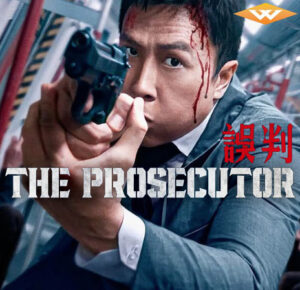
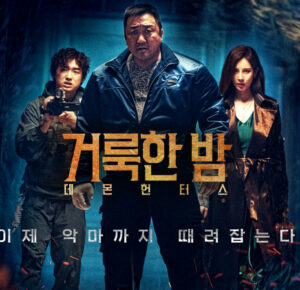
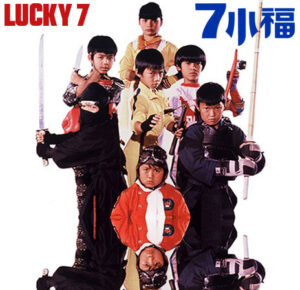
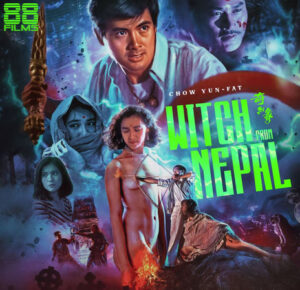
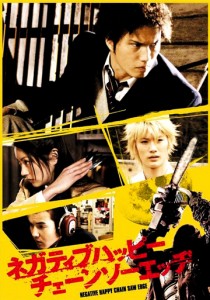
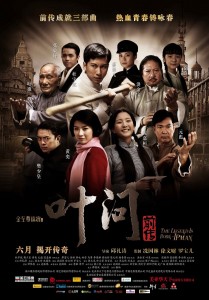
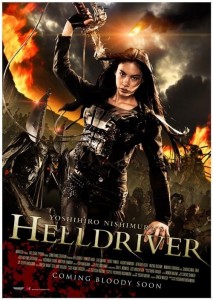

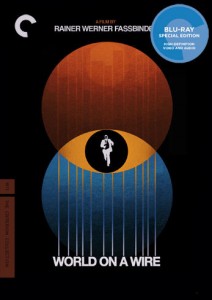
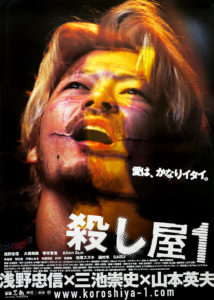

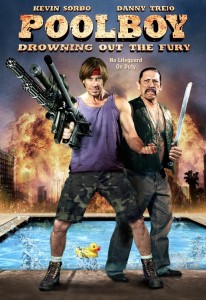
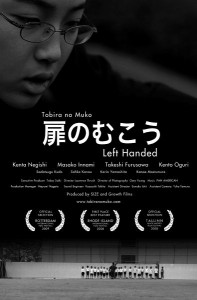

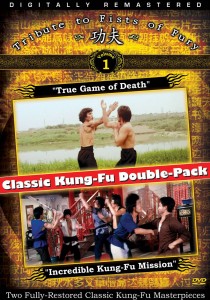
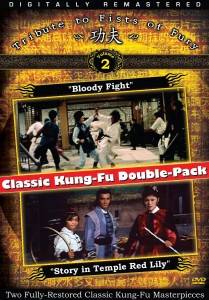
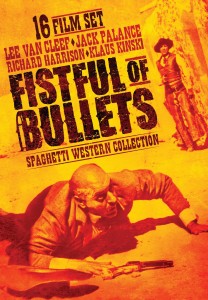
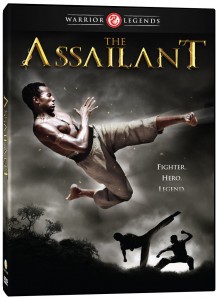
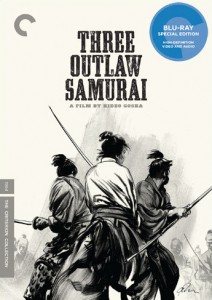



Be the 1st to Comment